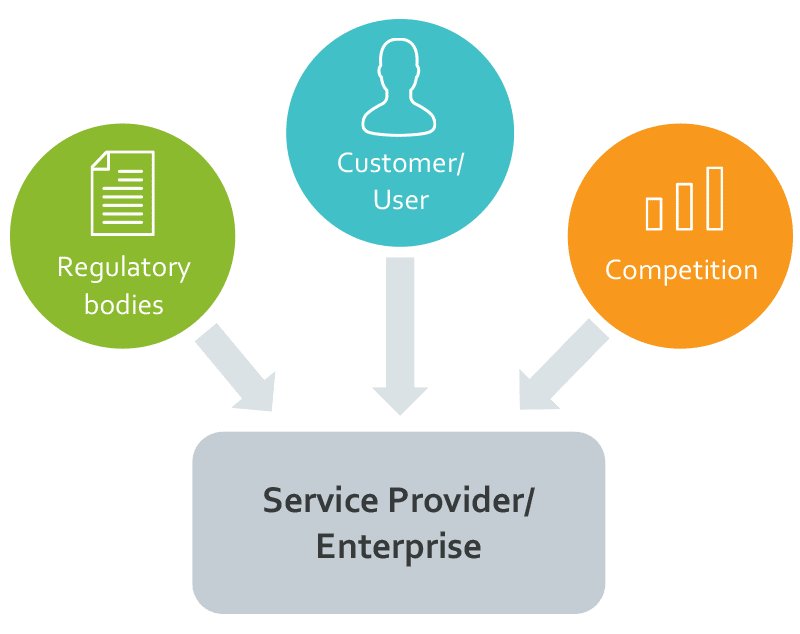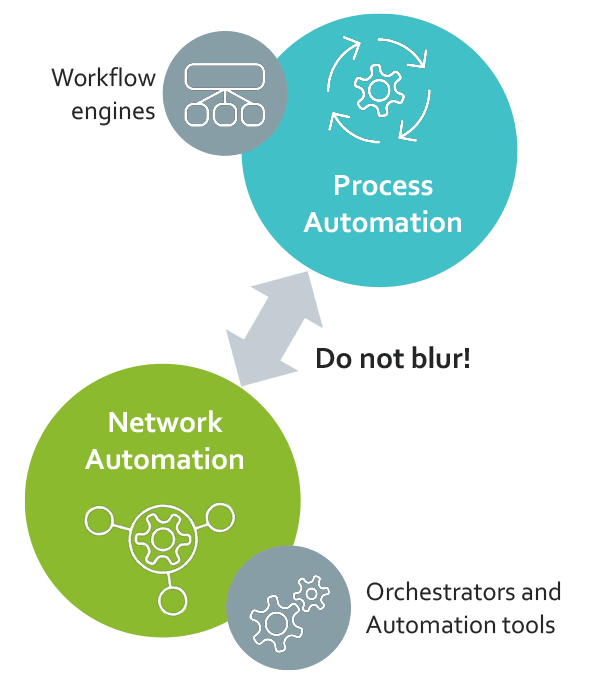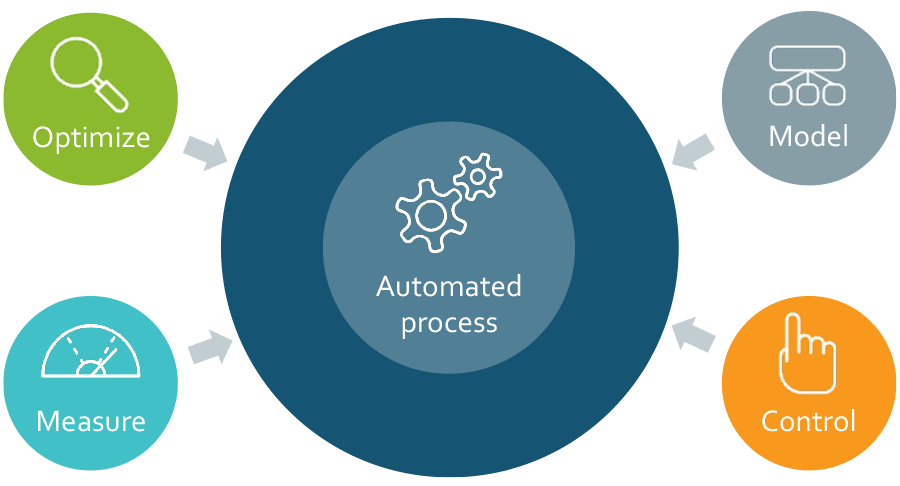Network process automation
If you are responsible for managing networks or IT, automation must be top of mind. With the entire industry looking to reduce costs, improve agility and deliver better customer services, those providers that invest in network process automation will gain a significant competitive advantage.
You may be resisting the transition because you have bespoke process models and manual procedures in place or because process changes will have a considerable impact on code. On the other hand, you may have hard-coded automated processes in place, which block agility as any improvements require complex software engineering.
Although these issues are very real, they will not stop you losing ground if competitors choose to automate. Rather than resisting network automation, you need to find a partner who can help you accelerate it.
Key automation drivers
- Regulatory and compliance requirements are pushing the operational limits of your organization. The only way to achieve successful fulfillment is automation.
- More automation can lead to quick onboarding, rapid service delivery to meet demanding customers’ needs, fast and reliable billing and improved customer care flows.
- Automation will ensure competitors cannot provide better services with higher margins.

Process vs network automation
From an architectural perspective, the right software tools must be used to solve the right issue. To ensure this is achieved – without wasting valuable resources on failed projects – it’s essential to define and separate process automation from IT and network automation.

- Process automation: This layer deals with manual processes, administrative tasks, etc. Variants of workflow and BPMN tools are best suited for this.
- Network automation: The actual configuration change in the network: this should be performed by the network automation/orchestration tool. Workflow tools are not suited for this as they do not maintain the service state of the network.
Far too often the lines between these two layers are blurred, which leads to inefficiencies when implementing automation. At Ductus we can help you define a clear architectural separation to ensure the best results.
Efficient network process automation

To build an efficient network process automation layer that is connected to the network orchestrator, a solution should enable you to:
- Model the business service that renders a process execution layer
- Control that the process is followed
- Monitor and measure process execution KPIs
- Optimize the process
At Data Ductus, we can help your organization architect and implement a complete automation stack. For the process automation layer we provide various services including:
- Identification and definition of important business processes in the organization
- Definition of the interface between workflow and orchestration tools
- Authoring of BPMN workflows for the identified process flows
- System integration studies of systems in the end-to-end flows
- Requirements preparation for the automation project
- Implementation of process automation layer based on open source BPMN tools such as Camunda or commercial products like Pronghorn.

Göran Edin
Phone: +65 8296 2834
goran.edin(at)ductus.se

